
Apogee Clearmountain's Spaces
Based on impulse responses, Spaces incorporates profiles of some of Bob Clearmountain's favourite rooms and echo chambers, along with some of the processing used on many of his hit records.
To find the exact phrase, put the words in quotes or join them together with a plus sign e.g. live+recording or "live recording".
To find, say, all live recording articles that mention Avid, enter: live+recording +avid - and use sidebar filters to narrow down searches further.

Based on impulse responses, Spaces incorporates profiles of some of Bob Clearmountain's favourite rooms and echo chambers, along with some of the processing used on many of his hit records.

Undulator combines multitap delay with feedback and detuning, alongside a multi-waveform tremolo whose depth and speed can themselves be modulated.

IK's Z‑Tone products put the user in control of pickup, impedance and load variables, by equipping a high-quality preamp with the means to adjust the input impedance to best suit the instrument.

Best known for their high-end guitar reverb effects pedals, the company has recently ported their reverb algorithm into software.
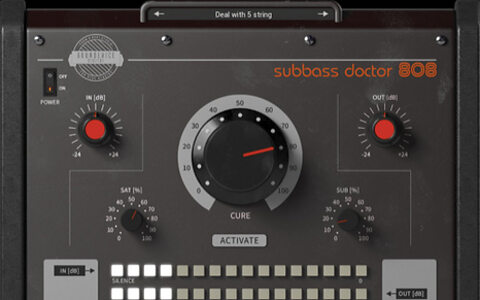
SubBass Doctor 808 is designed to add sub-bass to sounds that already reside in the sub-50Hz low-frequency register.

The third generation Launchkey offers versatile control over hardware and software alike.

From subtle warmth to full-on modulated mayhem, this plug‑in covers a lot of ground.
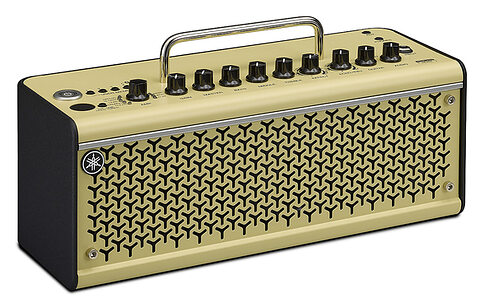
Though small and quiet, this stereo combo is big on possibilities...

Everything you need to know to get your DAW talking to your modular system via your audio interface.

The rules of heavy metal are well established, but for their latest album, Pigsx7 guitarist and producer Sam Grant added a few of his own.

Scaler 2 is just the thing to get you out of a songwriting rut.

The newest addition to the Quantum range offers a plethora of I/O and excellent latency performance for a very reasonable price.

Studio One continues to battle the big hitters with a broad range of enhancements and new features.

We explore Avid's Pro Multiband Splitter plug‑in.

Reason has two completely different systems for configuring MIDI sources. We unpick some of the confusion around this to find the best ways to sequence and play Reason from external devices.
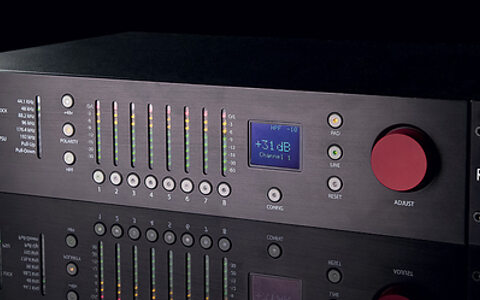
This remote-controllable preamp boasts some unusual features aimed largely at the live-sound market.
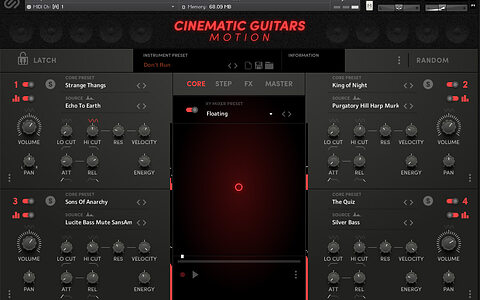
Rating: ***** 5/5 Stars. CGM is an impressive beast. With over 850 instruments and presets included, there's plenty to explore even before you dig into the multitude of possibilities offered by the powerful front-end.

Rating: **** 4/5 Stars. This tasteful 60GB library is the flagship of the Organic Samples range and consists of violin, viola and cello solo instruments recorded at the Teldex Scoring Stage, Berlin, from five mic positions.

Rating: **** 4/5 Stars. This expansion pack for Spectrasonics Omnisphere is described by its Polish creators as a collection of ambient sounds inspired by the sea.
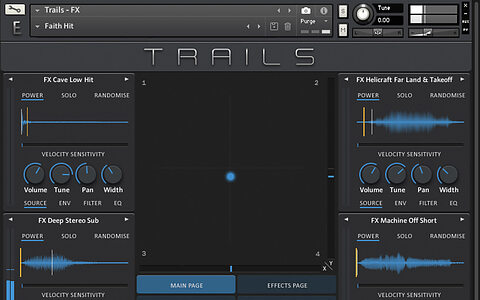
Rating: ***** 5/5 Stars. Primarily aimed at media composers, Trails is best described as a blend of playable instrument, rhythm/pulse creation and abstract sound design.